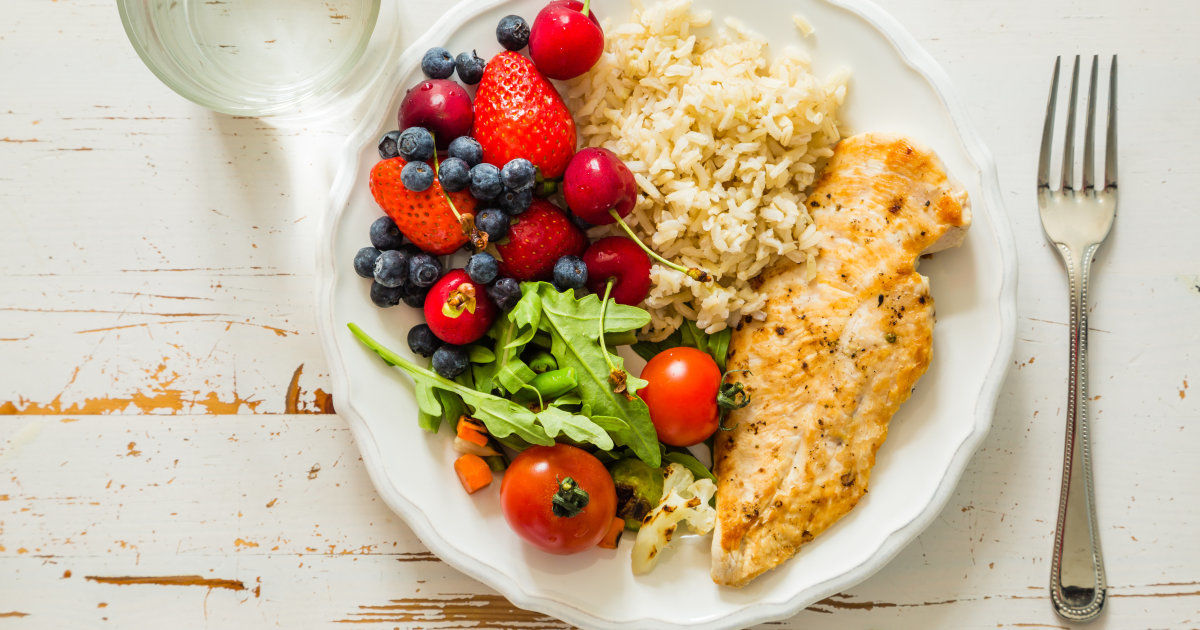How To Develop An Effective Diet
Incorporate Favorite Foods

Individuals should incorporate their favorite foods into their new eating plan. The idea is not to cut out the foods they love the most, but to devise a way to eat them in moderation for a sustainable long-term diet. Building in these favorite foods or comparable substitutes here and there helps individuals stick to the diet. Even if an individual had to switch to a diabetic diet, for instance, they would still be able to consume sugar-free candy in moderation. Some brands make sugar-free versions of both hard candies and chocolate, so individuals really do not have to give anything up taste-wise. Including favorites on a daily basis may require re-making the recipe to contain less fat or carbohydrates or more protein. It could also mean adjusting portion size.
Keep reading to build on moderation as it applies to creating an effective diet.
Keep Moderation In Mind

Individuals can keep moderation in mind by learning appropriate portion sizes and adhering to them. For example, a single serving of lean meat or fish equals three to four ounces. Most individuals are accustomed to the ten-ounce steaks on the menu at restaurants, but that’s two and a half times the amount they should eat at a meal. On the other hand, a serving of fresh fruit equals a whole cup, not the slice or two of apple individuals might snack on. This means individuals can and should eat the whole banana or apple. However, dried fruit differs, as one serving of it is half a cup. A serving of vegetables means a cup, not a smattering. If its green and leafy, individuals can eat it to their heart’s content. A single slice of bread or a half cup of cooked beans, corn kernels, pasta, peas, quinoa, or rice is one serving. An individual can eat three larger meals or five smaller meals or some other combination, but these need to equal the caloric intake for the individual's intended goal.
Reveal the next piece of advice for developing an effective diet plan.
